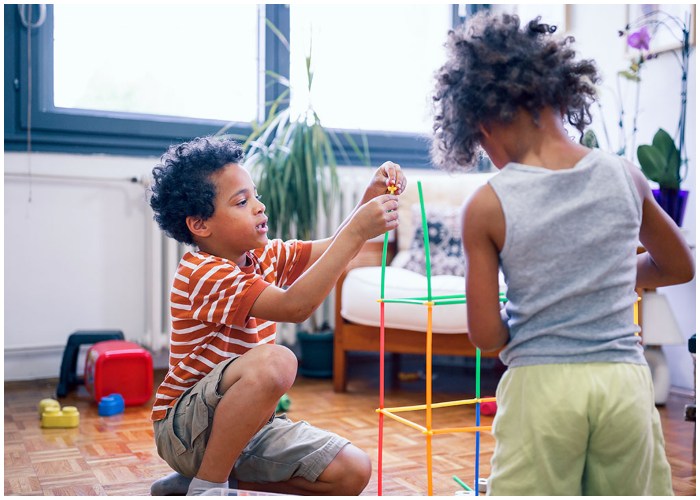Does your child struggle with intense discomfort in social settings? You might think they’re just shy or reserved, but when that discomfort turns into excessive fear, it could be a sign of social anxiety disorder. While it’s normal for kids to feel nervous in certain situations, like speaking in front of their class, when these feelings become overwhelming and interfere with daily activities, it might indicate a deeper issue.
What Is Social Anxiety in Children?
Social anxiety is a mental health condition that causes significant stress over everyday social interactions. Children with social anxiety often worry excessively about meeting or speaking to people, fearing negative judgment or embarrassment. Dr. Keita Franklin, Chief Clinical Officer at Loyal Source, explains that social anxiety “triggers anxiety in response to anticipated social interactions.” This excessive worry can interfere with a child’s daily life, from avoiding social gatherings to resisting simple interactions like ordering at a restaurant.

Common Symptoms of Social Anxiety in Kids
Social anxiety in children can manifest through behavioral, emotional, and physical symptoms. While every child presents differently, here are some telltale signs to watch out for:
Behavioral Symptoms:
- Avoiding social situations like playdates, public restrooms, or school
- Speaking softly, avoiding eye contact, or refusing to talk in certain settings
- Regularly seeking reassurance through questions like, “What if I say the wrong thing?”
- Difficulty making friends or engaging with peers
- Tantrums or clinginess during social events
Emotional Symptoms:
- Extreme self-consciousness or worry about social judgment
- Fear of being embarrassed or negatively evaluated by others
- Distress leading up to or during social events
Physical Symptoms:
- Sweating, trembling, or blushing
- Rapid heartbeat or dizziness
- Stomach aches or nausea
Children may show symptoms in different environments or have specific performance-related triggers. Early recognition and treatment are essential to helping them manage their anxiety.
What Causes Social Anxiety in Kids?
Social anxiety typically emerges around the teenage years but can appear in younger children as well. A combination of genetic, environmental, and biological factors can contribute to the development of this disorder. Some kids may be naturally more sensitive to perceived dangers, triggering heightened anxiety, while others may model anxious behavior they’ve observed in their surroundings. Major life changes, peer pressure, or social stressors may also intensify symptoms.
Strategies for Managing Social Anxiety at Home
Managing social anxiety in children starts with communication and preparation. Here are a few ways you can support your child:
Prepare Them for New Experiences:
If your child is nervous about a new experience, like attending a new school, explain what to expect in detail. Walking them through the day’s schedule can ease their worries and help them feel more in control.
Encourage Gradual Exposure:
Avoiding anxiety-inducing situations reinforces fear. Instead, help your child gradually face their triggers in small steps. For example, start by having them say “thank you” when receiving food at a restaurant, and work toward ordering their own meal.
Teach Coping Strategies:
Provide your child with tools like deep breathing exercises, visualization, or calming techniques to manage their anxiety when it arises. Role-playing social situations or brainstorming solutions to their fears can also build confidence.

When to Seek Professional Help
If your child’s social anxiety is severe or continues to affect their daily activities, it might be time to seek professional help. Cognitive behavior therapy (CBT) is one of the most common and effective treatments for social anxiety, helping kids reframe their anxious thoughts and learn coping strategies. In some cases, a doctor may recommend medication, such as selective serotonin reuptake inhibitors (SSRIs), to complement therapy.
How Therapy Helps
CBT works by teaching children to recognize how their thoughts influence their emotions and actions. Through this approach, kids can learn to reframe their anxious thoughts and reduce the intensity of their social anxiety. Therapists may also introduce relaxation techniques like mindfulness or meditation.
Supporting Your Child Through Social Anxiety
Recognizing social anxiety in your child can be difficult, but with the right strategies and support, it’s a manageable condition. Open communication, gradual exposure to triggers, and professional intervention, if needed, can help your child regain confidence in social settings. With the right approach, your child can learn to manage their anxiety and thrive in their daily life.